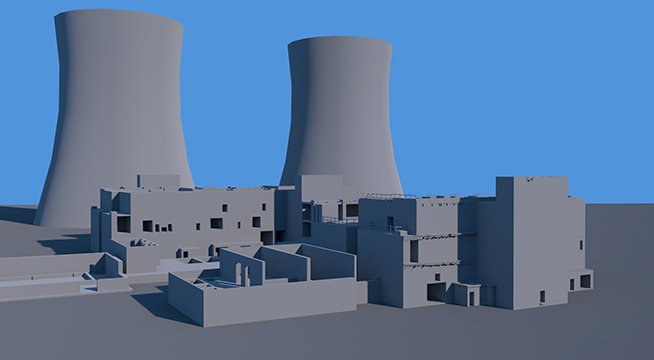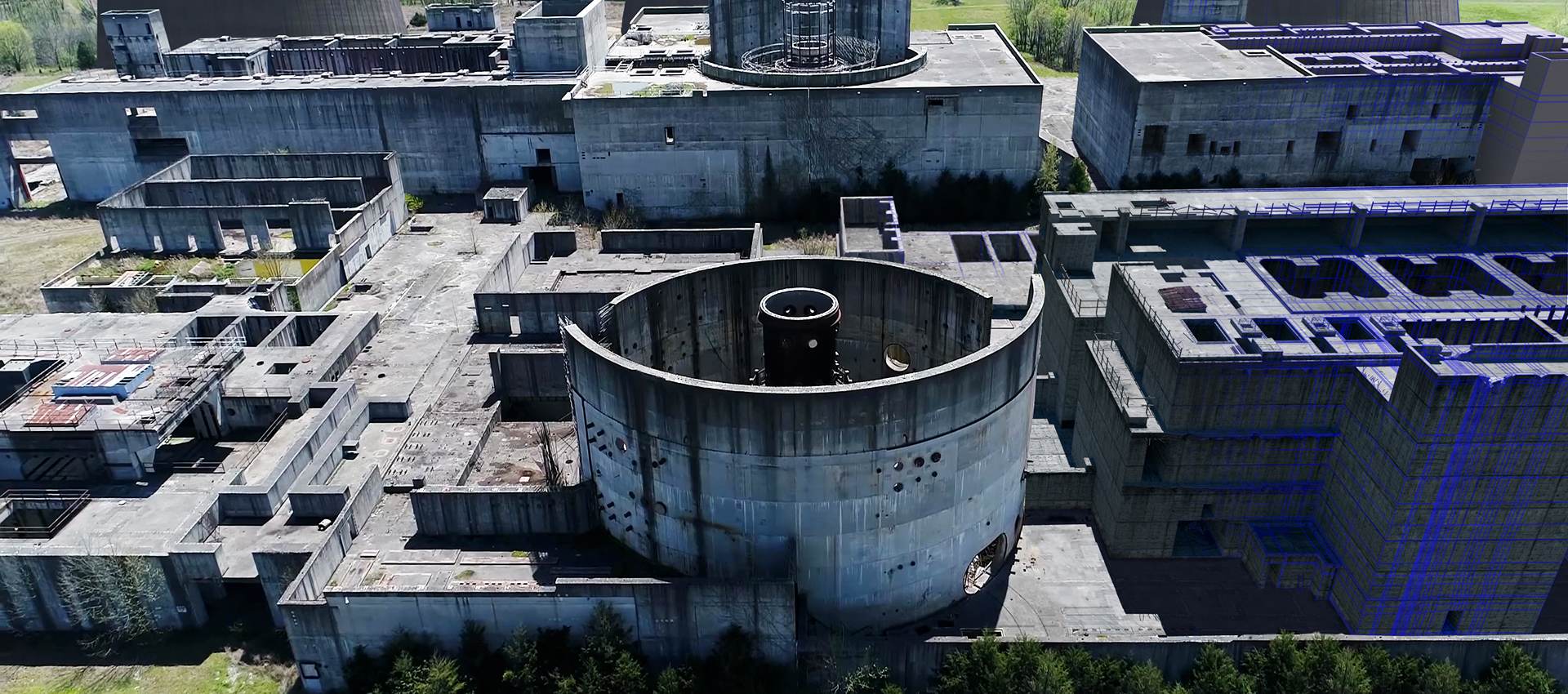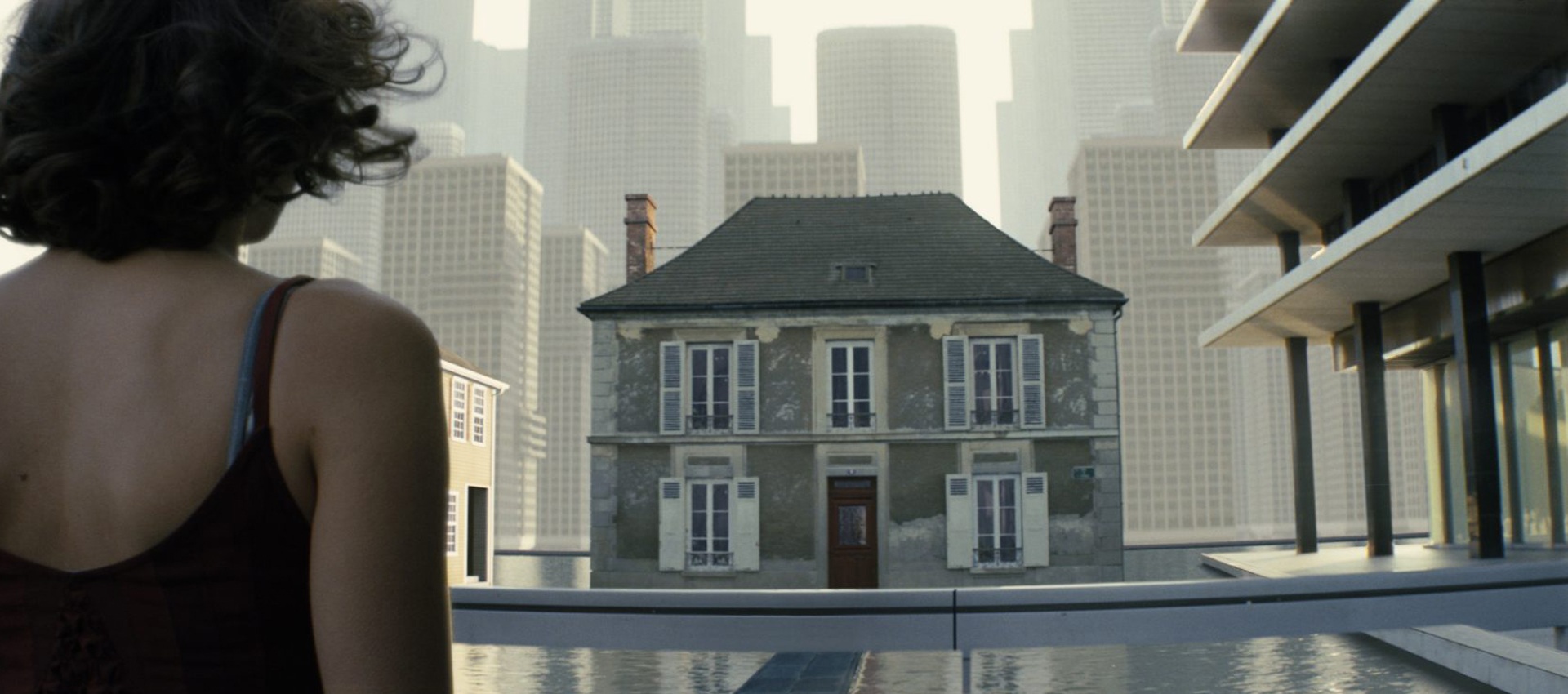Expand Your World

THIS COURSE IS IN DEVELOPMENT
This 8 week course provides an in-depth look at the process for creating set extensions used in film and television. During this course students will create a visual effects(VFX) set extension with a focus on 3D environment creation and matt painting integration. The course is suitable for someone looking to develop their 3D Generalist skills. Skills covered in the course will be layout, modelling, 3D/2D texturing, projection material setup, shot look development, VFX lighting, 2 ½D matt painting(DMP) and render pass compositing. Software covered will be Autodesk’s Maya, Arnold Renderer, The Foundry’s Mari and Nuke and Adobe Photoshop.
Students will be creating a digital extension of an abandoned Nuclear Power station which will be integrated into background drone footage. This real life example will provide a meaningful production context for the whole course. We will be using industry standards and workflows to teach people about a VFX pipeline, save time and improve production efficiency.
Students will be guided through the production process and given regular feedback to ensure a production quality result that can be used for portfolio and raise their environment industry knowledge and skill level.



